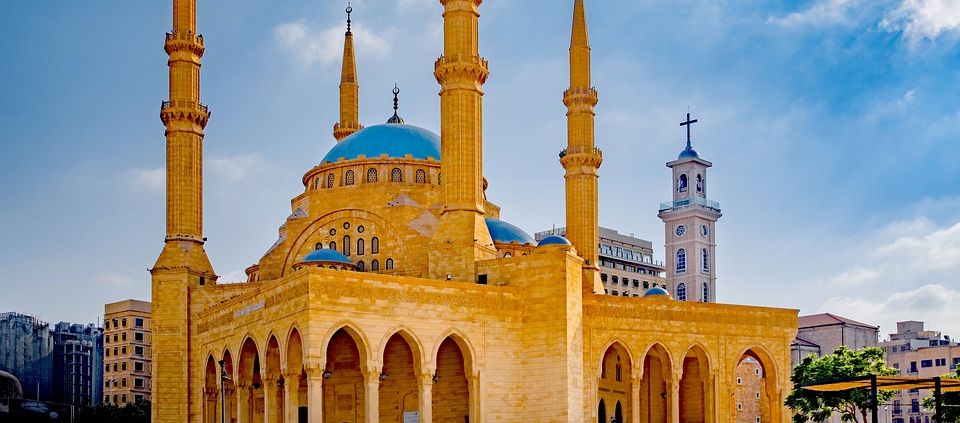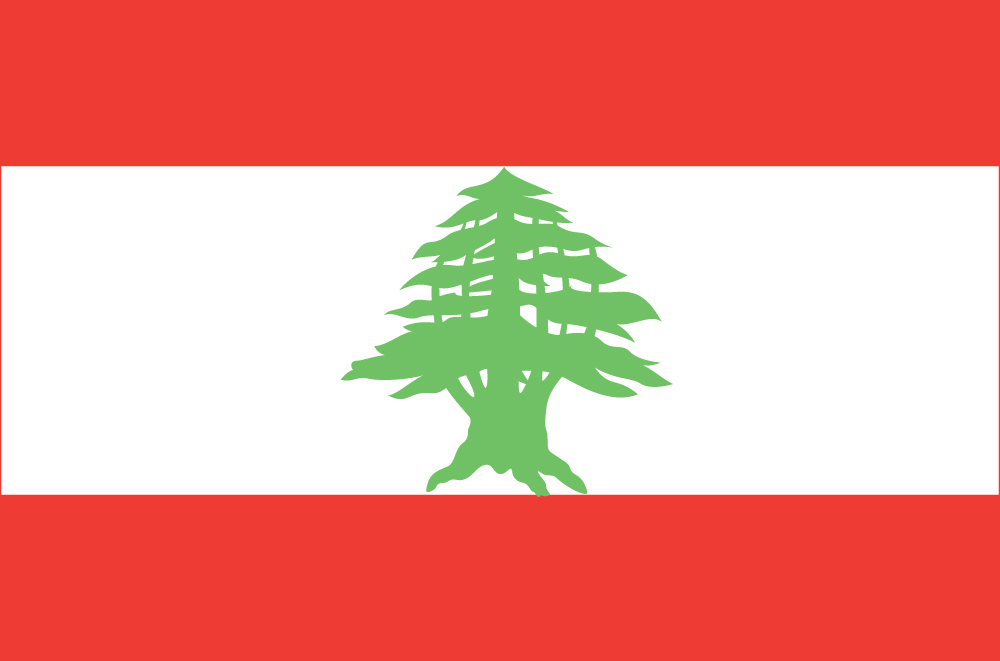

 Lebanon
Lebanon| Official name | Lebanon |
|---|---|
| Political capital | Beirut |
| Territory surface | 10.452 km2 |
| Population | 5.988.000 |
| Population density | 573 km2 |
| Major cities | Beirut, Tripoli, Jounieh, Sidone |
| Form of Government | Parliamentary multi-confessional Republic |
|---|---|
| Official religions | Islam, Jews, Christian (Maronite Catholic, Greek Orthodox, Melkite Catholic, Protestants |
| Local currency | Lebanese pound (LBP) |
| Currency exchange rate | 0.000556898 EUR |
| GDP | 87.9 billion USD |
| GDP rate | 1.50% |
| Inflation | 5.01% |
| Unemployment | 6.70% |
| Official languages | Arabic (official), French (recognized) |
|---|
| Political situation | Lebanon is a parliamentary democracy based on a multi-faith system. The offices of the State are divided among the 18 officially recognized confessions. The President of the Republic is a Christian; the Speaker of Parliament is Shiite and the Prime Minister is Sunni. Half of the 128 parliamentary seats and ministerial seats are reserved for Christian exponents; the other half is instead divided between the Muslim communities (Sunnis, Shiites, Druses and Alawites). Lebanon has always represented an example of democracy within the Arab world. Seen from a regional point of view, the situation in Lebanon is primarily affected by relations with the two neighboring countries, namely Israel and Syria. |
|---|
The Italian commercial presence is well established and covers all sectors, from investment to consumer goods and intermediate goods. The local market is certainly not relevant for volume, but has a high degree of exchanges opening and several triangulations, in the segments with high standard, and is also a launching platform towards the Middle East area, putting at the service its affinities with the world Western Europe and industrial systems.
In Lebanon there is a strong liberalist economy and has a high availability of qualified human resources. Furthermore, there is a strong banking system that makes it possible to carry out infrastructure projects in various sectors such as: electricity and gas; water supply, sewerage and waste treatment and rehabilitation activities; agricultural, fishing and forestry products; buildings and real estate activities.